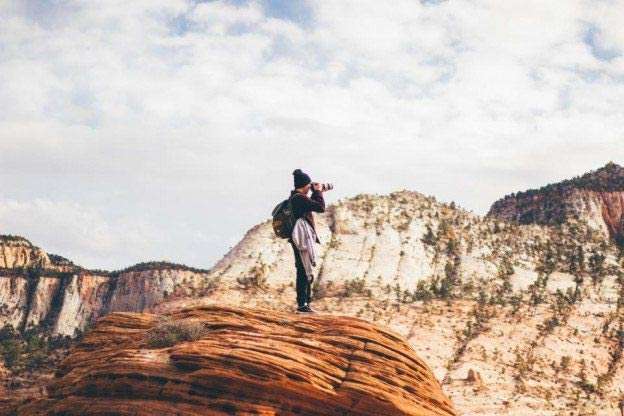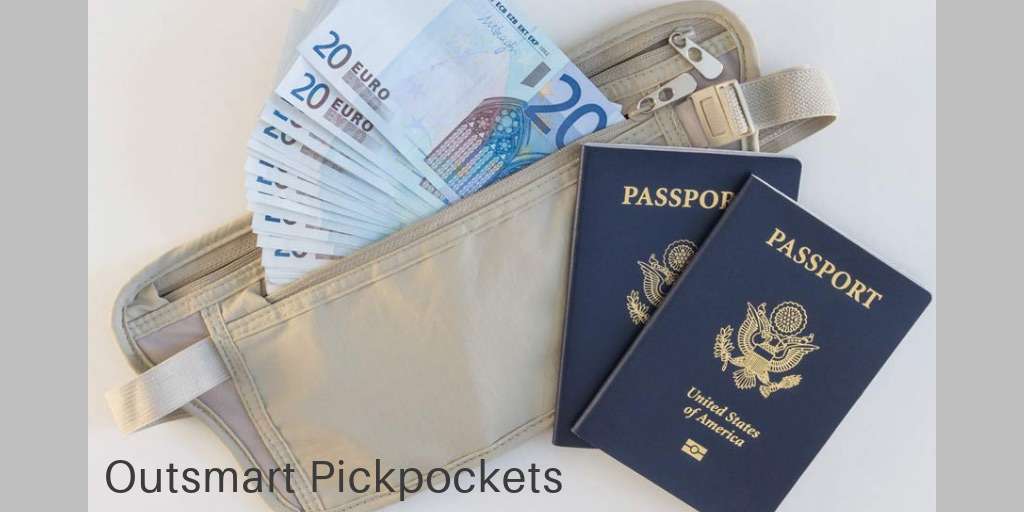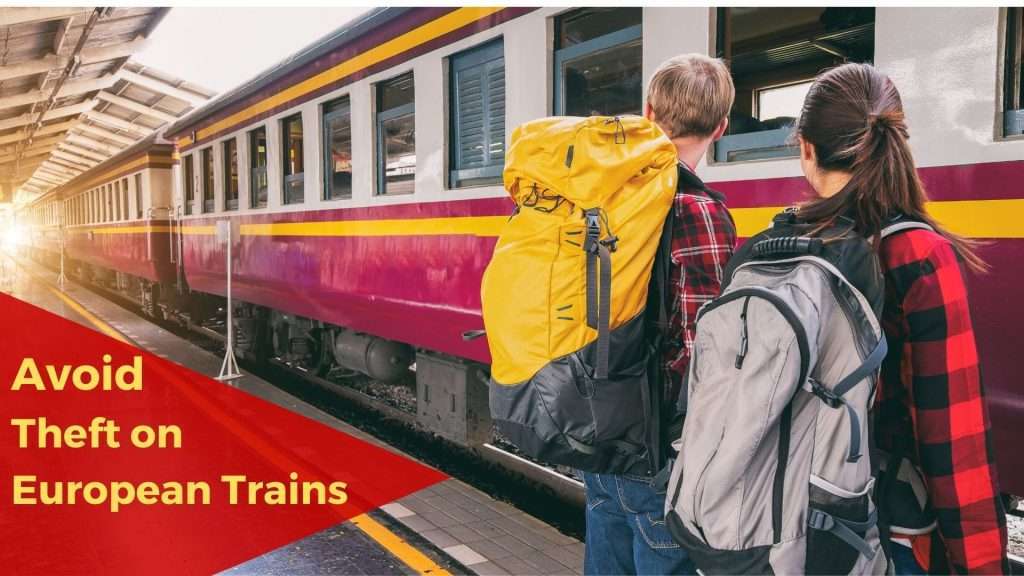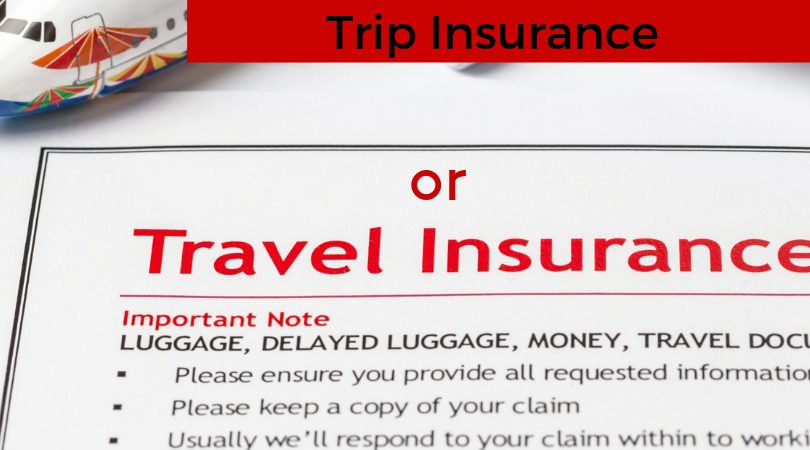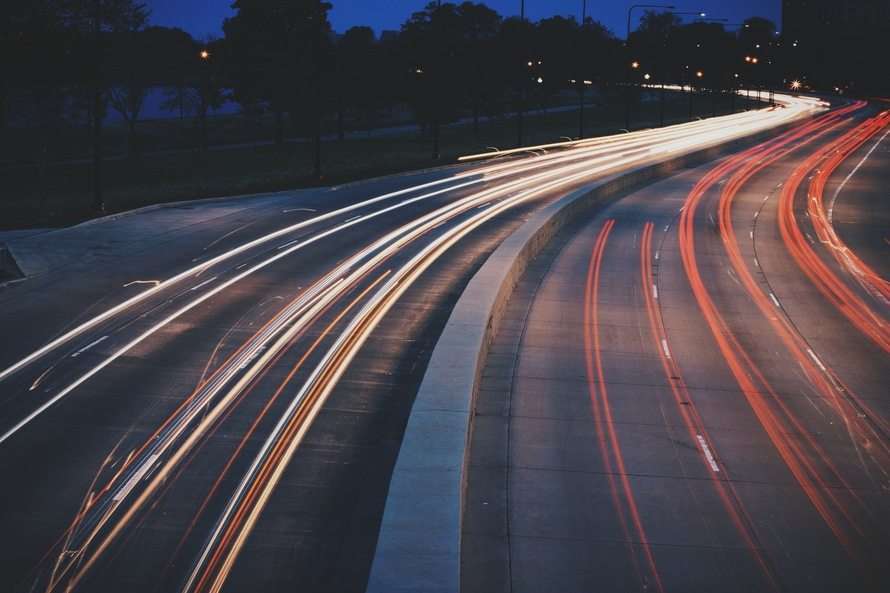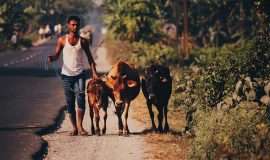What you video or photograph in some foreign countries could land you in trouble. Some countries other than the U.S. have stricter rules about what you may photograph or film than we do. Know before you go where photography is forbidden, so you don’t get your camera confiscated or land in jail.
Where Photography is Forbidden Other Countries
Photography restrictions in foreign countries often include taking photographs of certain government buildings. It appears that most of the problems arise when the destination you are visiting is having an internal security issue. If you are caught taking photographs/videos of certain locations you could be detained, fined, and have your camera equipment and film confiscated.
General Areas to Avoid Taking Photos in Foreign Countries
Below are some of the locations where you might run into trouble taking photos and/or videos. It’s sound advice to skip these locations. Do you really need the photo that badly to risk having trouble with the police or foreign federal agencies?
- Border areas
- Scene of a civil disorder or other public disturbance
- Police and or military personnel or installations
- Industrial structures, including harbor, rail, and airport facilities
Taking Photos in These Foreign Countries Can be Dangerous
Always check with the consulate and other sources about the protocol of taking pictures in your destination country. Do your homework and understand where photography is forbidden and what is allowed and is culturally customary in the countries you plan on visiting. If unsure, pass on the photo op.
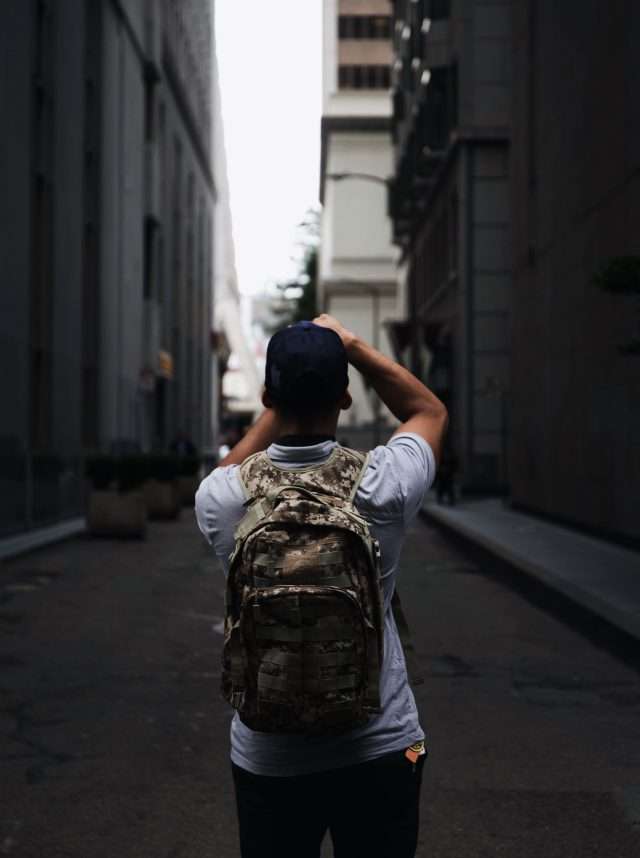
Algeria-Photos of government infrastructure, including airports, military installations, and police, are not allowed.
Netherlands- Amsterdam – The Red Light District has zero tolerance for photos taken there. Especially any photos that include the windows of a brothel. This zero-tolerance includes photos you may take with your phone. Be forewarned and responsible, and don’t take any photos there. Those who have been beaten or had their camera confiscated.
South Korea – Culturally, shooting strangers without permission is considered rude. If the photographer does not have the express permission of those who appear in the picture, these photographed individuals can contact authorities or press charges against the photographer under the pretense that their right to privacy is being violated, particularly if the photo will be posted publicly.
United Arab Emirates (UAE) –Taking photos of military areas, palaces, courts, and government buildings is banned. Typically, you need permission before taking pictures of others. Visitors taking forbidden pictures have been jailed and fined about $1350 for illegal photography.
Japan – Some temples and Shinto shrines have banned photography and it appears more are doing so each year. Before you take a picture, it is best to ask if it is allowed. Temples are places of worship, and that must be respected at all times. You should honor that and respect the grounds and those who are there to contemplate or worship. It is best to ask permission if you may take a photo in the temples or temple grounds.
India – Taj Mahal Photography of the exterior of the most famous building in India is allowed. However, the interior is a tomb and it is disrespectful to shoot photos in there.
China, Nanjing – Located here is the Jiangsu National Security Education Museum. Only Chinese citizens are allowed to enter this spy museum. The museum housed spying devices and papers from 1927. The items are considered too sensitive for foreigners to see. Even Chinese citizens must follow the rule that photography is forbidden and can’t photograph the contents.
England, London – The crown jewels are housed in the Tower of London. All photography of the jewels is strictly forbidden. They are protected by bombproof glass, security guards and over 100 security cameras.
Religious Sites – Be courteous and obey posted signs prohibiting photography. If you don’t know if photography is allowed, ask.
Photography Tips for Foreign Countries
- Equipment transportation – What do you need to do to protect your camera and equipment?
- Customs consideration – It may be helpful to register your equipment with U.S. Customs before leaving the country. You will receive a receipt verifying that you owned the equipment before departing. Ask at the check-in counter at the airport.
- Batteries – Do you have spare batteries? Will you need a power converter for your battery charger? Do you have the correct type of plug for the electrical supply?
- Security – What special consideration must you give regarding the security of your equipment?
- Cultural Differences – How will the people in the country react to being videotaped? Will you need to ask permission or “pay” to shoot video? Are certain items restricted from being videotaped?
- Language – Do you know the basic language to communicate with people when you want to videotape?
Additional Articles You May Like



